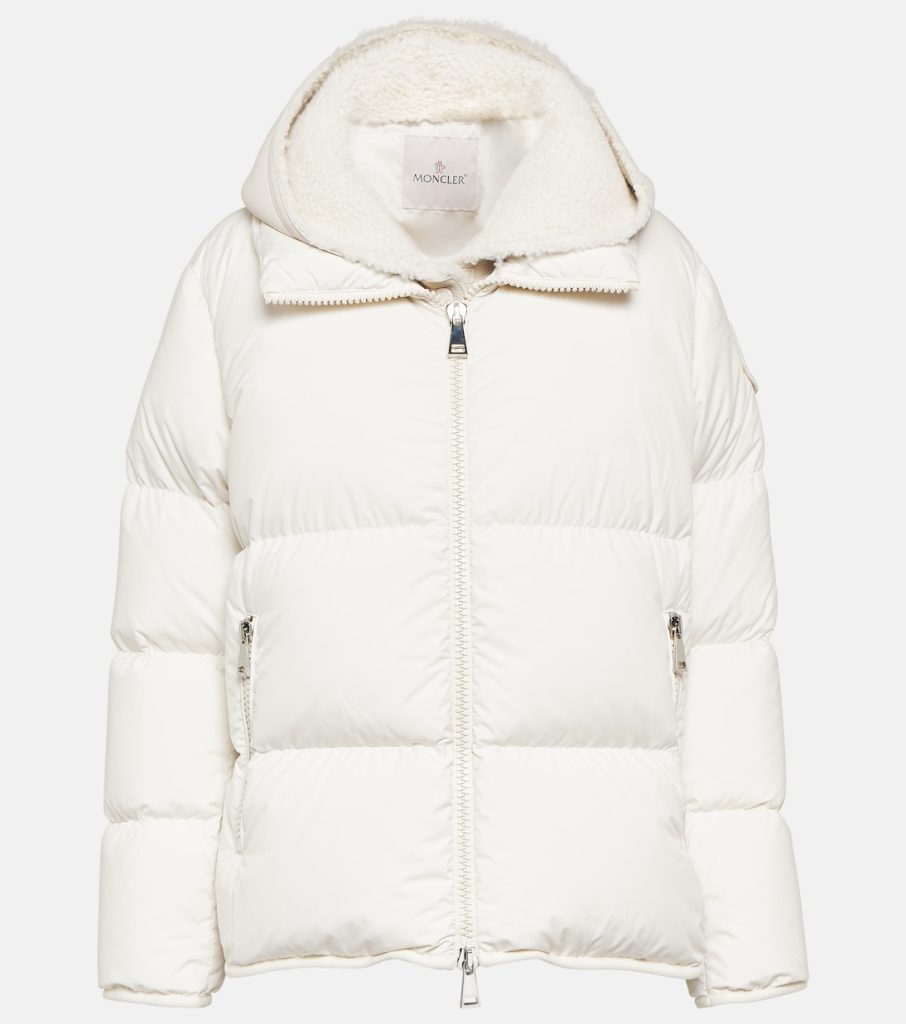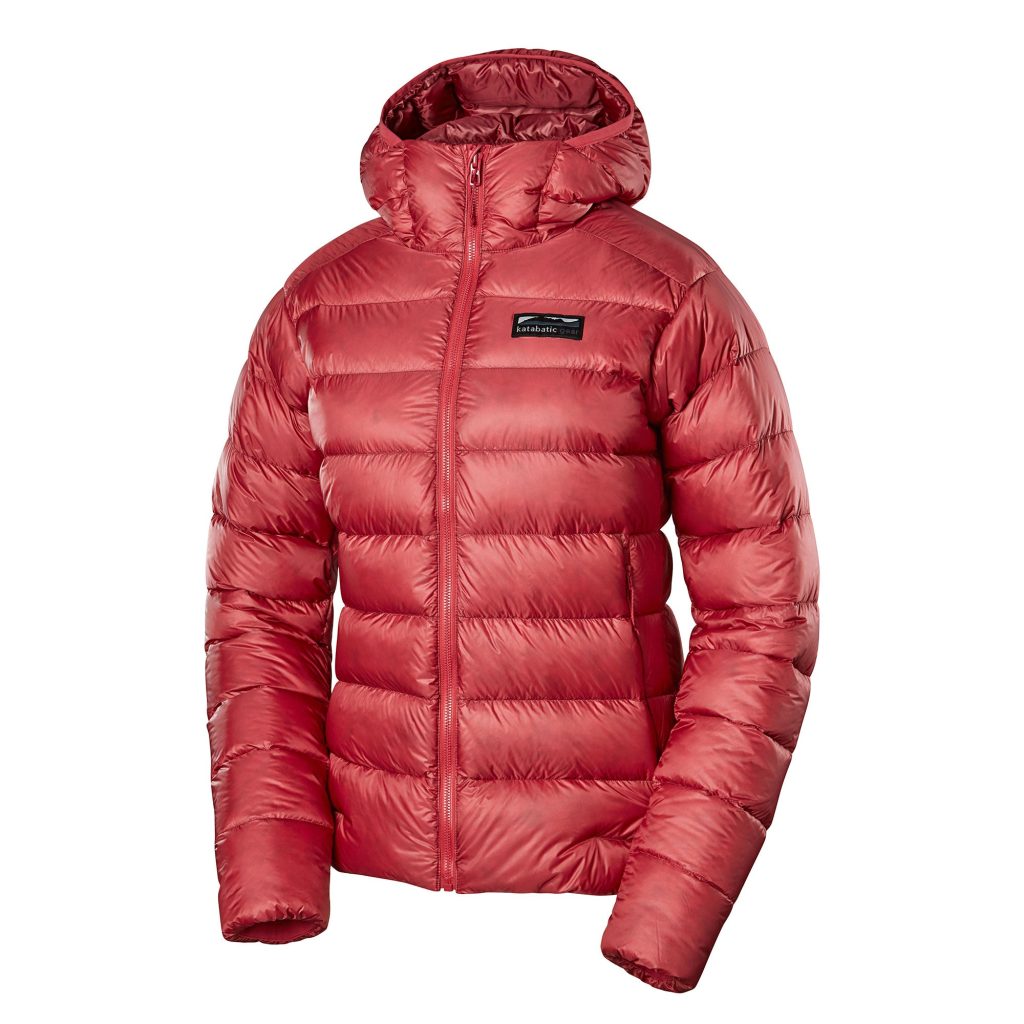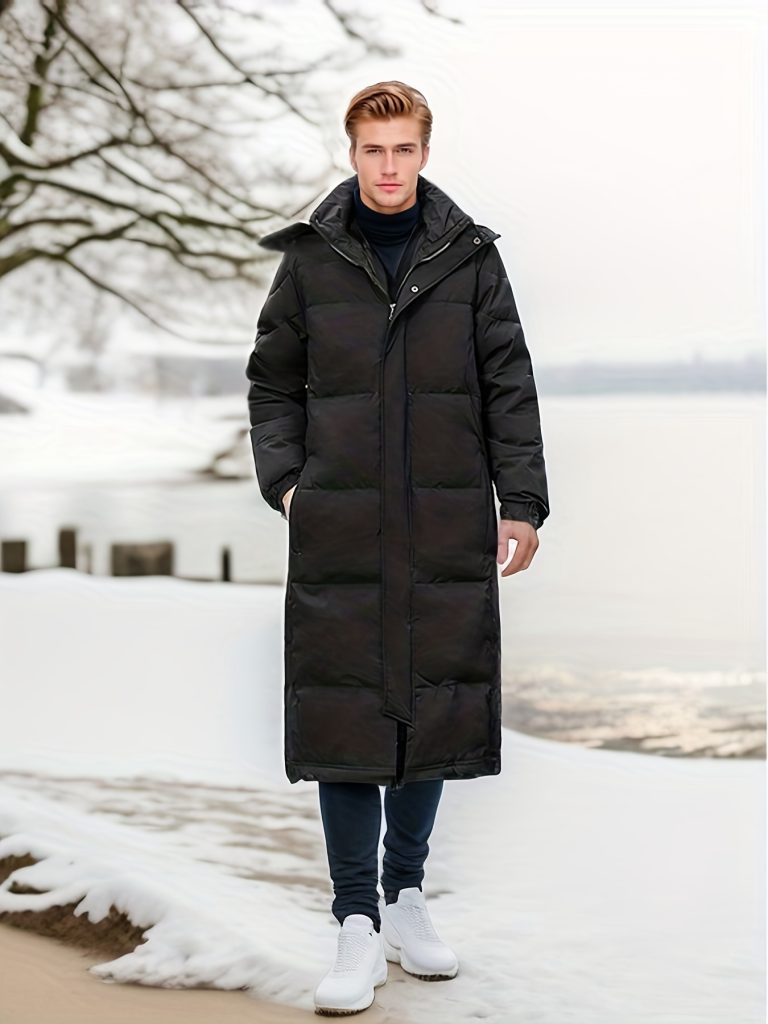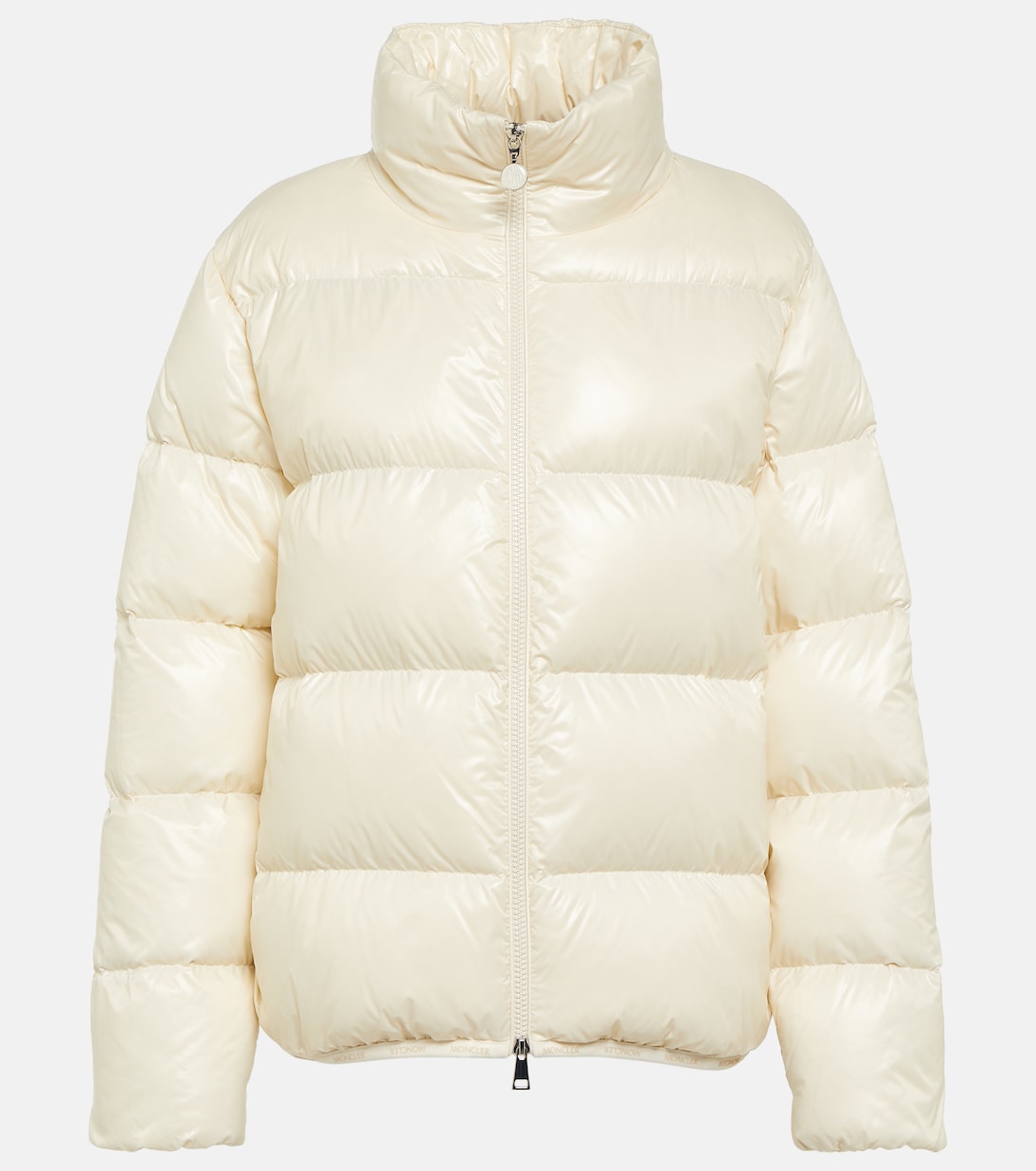How to clean down jacket? Down jackets are a popular choice for their warmth and insulation, making them an essential part of winter wardrobes. To maintain the performance and longevity of your down jacket, proper cleaning and care are necessary. Cleaning a down jacket requires special attention to preserve its loft, insulating properties, and shape. In this comprehensive guide, we will walk you through the step-by-step process of cleaning a down jacket. From assessing the need for cleaning to using the right washing techniques and drying methods, we will cover all aspects to ensure your down jacket remains clean, fresh, and in excellent condition.

Assess the Need for Cleaning:
Before cleaning your down jacket, assess whether it truly requires cleaning. Consider the following factors:
- Visual inspection: Examine your down jacket for dirt, stains, or spots that are not easily removable with spot cleaning.
- Odor detection: If your down jacket has developed an unpleasant smell, despite airing it out, it may require cleaning to remove perspiration, body oils, or other odorous substances.
- Frequency of use: Depending on how often you wear your down jacket and the conditions in which it is worn, cleaning may be required more or less frequently. As a general guideline, washing a down jacket once or twice a season is appropriate for most individuals.
Spot Cleaning:
Before washing the entire down jacket, try spot cleaning to remove localized stains or dirt. Consider the following steps:
- Treat stains promptly: Gently blot the stained area with a clean, damp cloth or sponge. Avoid rubbing the stain, as it may spread or deepen.
- Use mild detergent: If spot cleaning alone does not remove the stain, apply a small amount of mild detergent specifically formulated for down or delicate fabrics. Create a soapy solution by mixing the detergent with warm water.
- Gentle scrubbing: Use a soft-bristle brush or toothbrush to lightly scrub the stained area with the soapy solution. Work in a circular motion, gradually increasing pressure if necessary.
- Rinse and blot dry: After spot cleaning, rinse the area with clean water to remove any detergent residue. Gently blot the damp area with a clean cloth or sponge to remove excess moisture.

Machine Washing:
When machine washing a down jacket, it is crucial to follow proper techniques to ensure the best results. Consider the following steps:
- Read the care label: Check the care label attached to your down jacket for specific washing instructions. Follow any recommendations or restrictions provided by the manufacturer.
- Close zippers and fasten closures: Before placing the down puffer jacket in the washing machine, zip up all zippers and secure any closures, such as snaps or Velcro. This prevents snagging and potential damage to the jacket.
- Use a front-loading washing machine: Front-loading machines are generally gentler on down jackets, whereas top-loading machines with agitators can agitate the jacket excessively.
- Select a gentle cycle: Choose a delicate or gentle cycle on your washing machine, with cold water. Avoid using high heat or heavy-duty cycles, as these can damage the down insulation or the jacket’s fabric.
- Use a mild detergent: Select a down-specific or mild detergent designed for delicate fabrics. Avoid using bleach, fabric softeners, or products with enzymes, as these can harm the down and fabric.
Drying the Down Jacket:
Properly drying a down jacket is essential to prevent clumping and restore its loft. Consider the following techniques:
- Gently squeeze out excess water: Once the washing cycle ends, carefully remove the down jacket from the washer, supporting it from beneath to prevent stretching or damaging the fabric. Gently squeeze out any excess water, but avoid wringing or twisting the jacket.
- Air drying: Lay the damp down jacket flat on a clean, absorbent towel in a well-ventilated area away from direct heat or sunlight. Ensure there is enough space around the jacket for proper air circulation. Flip the jacket periodically to aid in the drying process.
- Loosen clumped down: As the jacket dries, periodically fluff and gently shake it to break up any clumped-down clusters. This helps restore the jacket’s loft and ensure even insulation distribution.
- Adding tennis balls: For faster and more efficient drying, place a few clean tennis balls or dryer balls into the dryer along with the down jacket. The balls aid in separating the down clusters and restoring the jacket’s loft during the drying process.

Advantages of down jacket
Down jackets are renowned for their exceptional warmth, superior comfort, and versatility, making them a popular choice for individuals facing cold weather conditions. Composed of down feathers from geese or ducks, these jackets offer a range of advantages that have solidified their position as a staple in winter wear.
Exceptional Warmth and Insulation:
Down jackets are renowned for their outstanding warmth, providing optimal insulation in cold weather conditions. Consider the following advantages:
- Superior insulation: Down feathers possess exceptional insulating properties due to their three-dimensional structure. They create air pockets that trap warmth and create a natural barrier against the cold, keeping you insulated even in freezing temperatures.
- High fill power: Down jackets are often rated with a fill power, which measures the volume of space one ounce of down occupies. Higher fill power indicates higher warmth-to-weight ratio and superior insulation capabilities. Down jackets with higher fill power provide more warmth while remaining lightweight.
Lightweight and Packable:
Down jackets offer exceptional warmth without the cumbersome weight associated with other winter jackets. Consider the following advantages:
- Lightweight construction: Compared to many other insulation materials, down feathers are exceptionally lightweight. This makes down north face jacket comfortable to wear, allowing freedom of movement without feeling weighed down.
- Packability: Down jackets can be compressed and folded into a small and compact size, making them ideal for travel, outdoor adventures, or everyday use. They are perfect for packing into a backpack, suitcase, or even a carry-on bag, taking up minimal space and offering easily accessible warmth when needed.

Breathable and Moisture-Wicking:
Down jackets offer breathability and moisture-wicking properties, ensuring comfort during physical activities. Consider the following advantages:
- Breathable insulation: Down feathers allow air to circulate within the jacket, preventing overheating and moisture build-up. This breathability ensures that you stay comfortable and dry during strenuous activities, making down jackets suitable for both outdoor adventures and everyday wear.
- Moisture-wicking properties: Down jackets have natural moisture-wicking properties, absorbing and dissipating sweat and moisture while remaining insulative. This feature helps to keep you dry and comfortable, preventing moisture accumulation that could lead to chilling or discomfort.
Conclusion:
Properly cleaning a down jacket is essential to maintain its loft, insulating properties, and shape. By assessing the need for cleaning, spot cleaning when necessary, using appropriate washing techniques, and drying with care, you can extend the life and performance of your down jacket. Remember to always consult the care label and follow the manufacturer’s instructions for the best results. With the right cleaning and care, your down jacket will provide optimal warmth and comfort for many winters to come.

